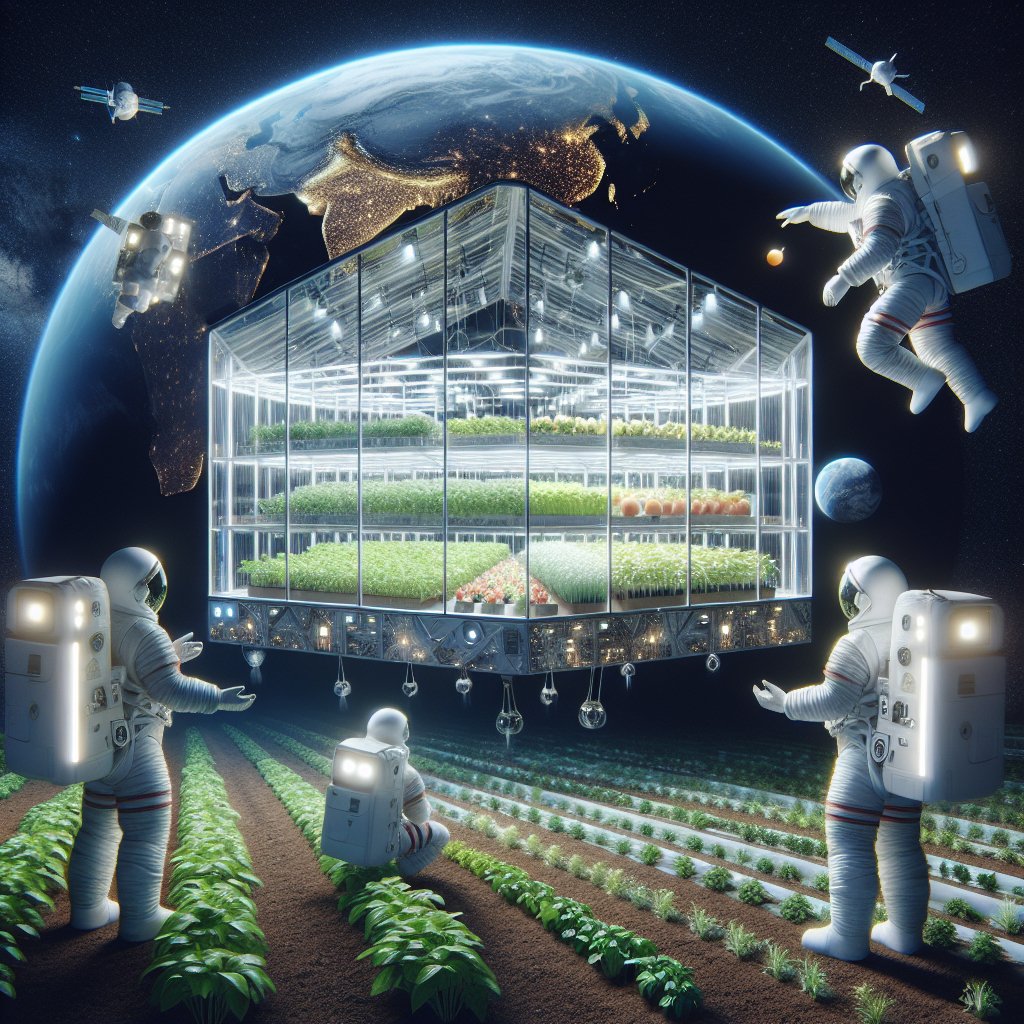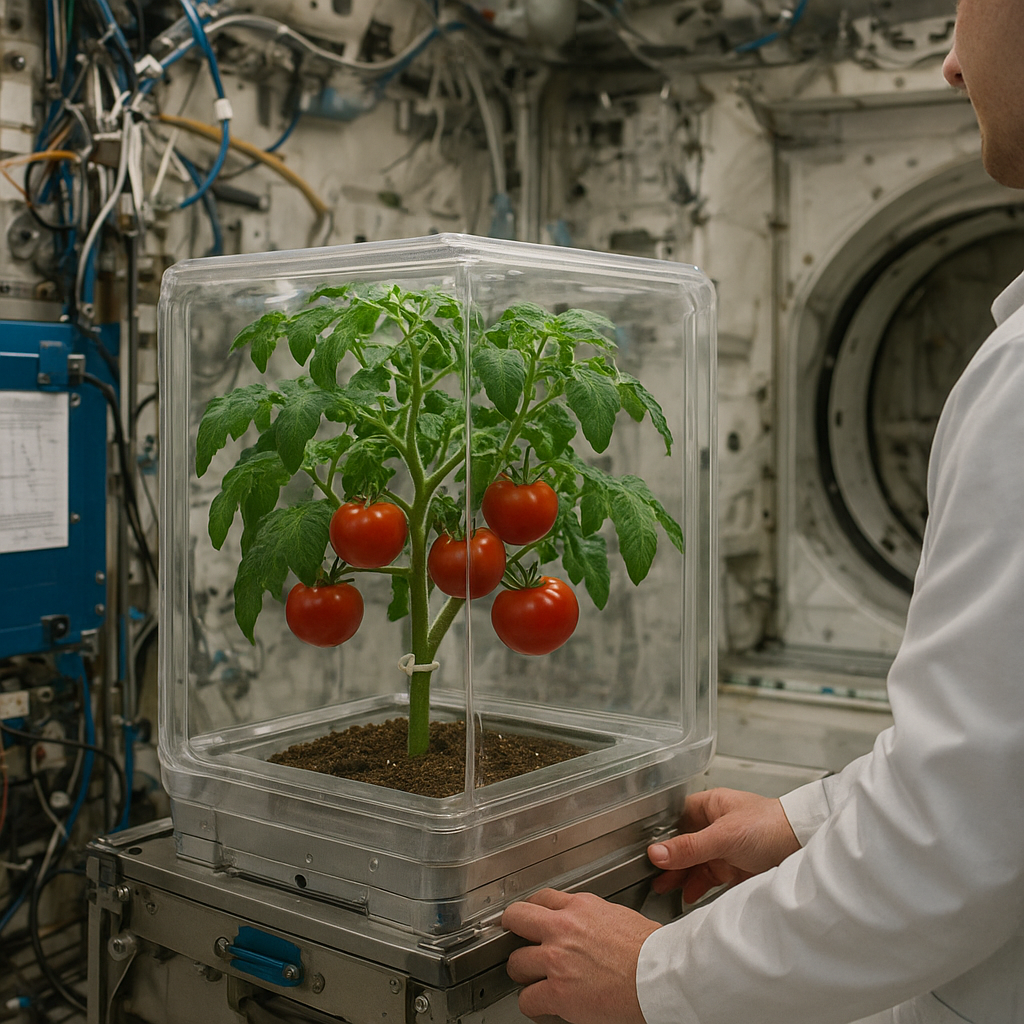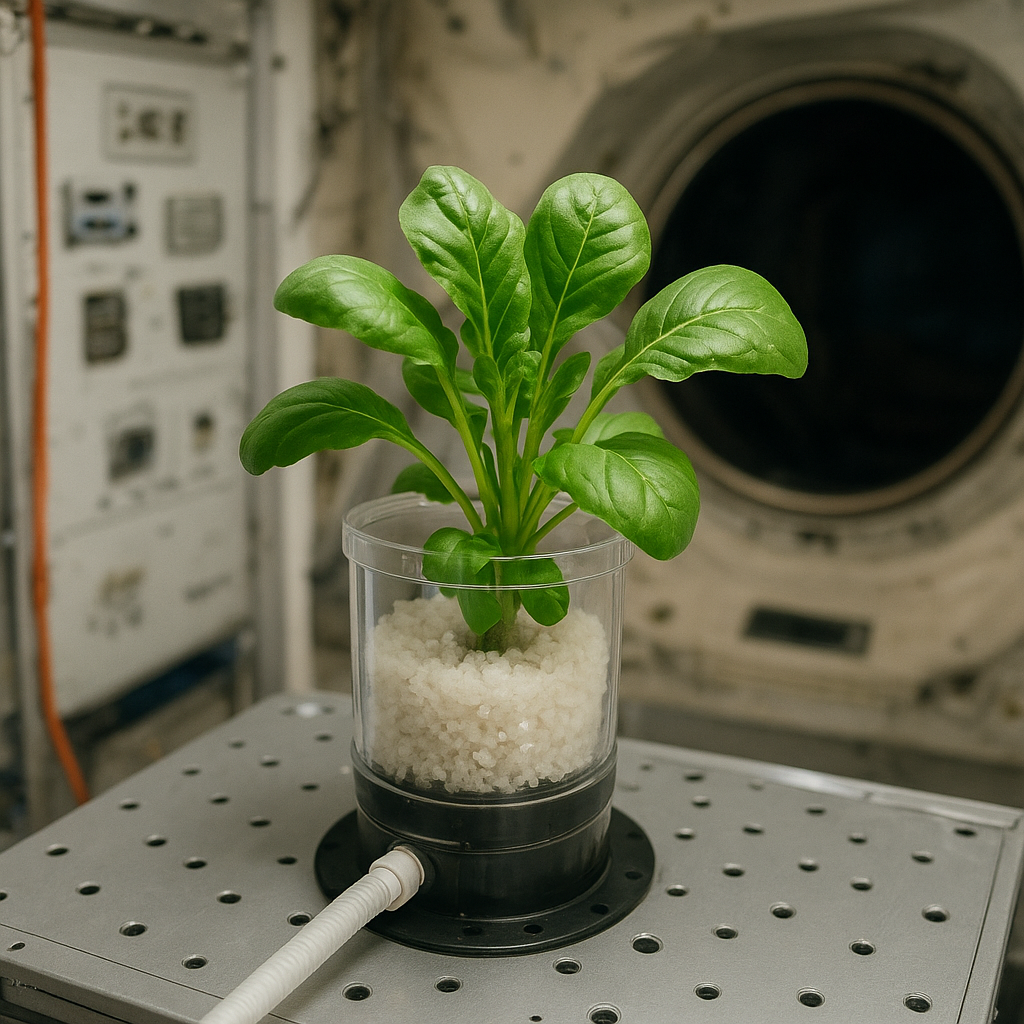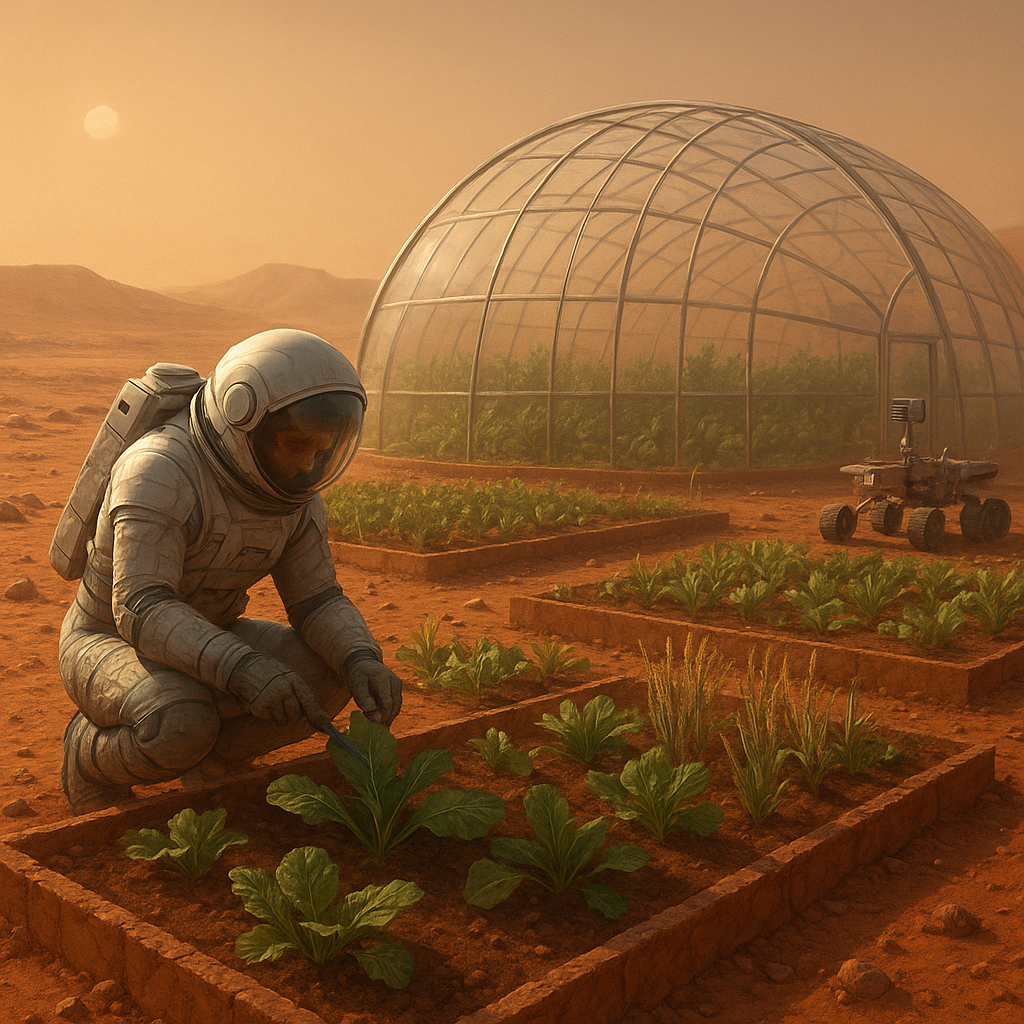The intersection of agriculture and space exploration presents a unique opportunity to redefine agricultural economics in ways previously thought impossible. As humanity looks beyond Earth for new frontiers, the concept of space farming emerges as a viable solution to some of the most pressing challenges facing our planet’s food systems. This article delves into the potential of space farming, exploring its implications for agricultural practices, economic models, and the future of food security both on Earth and in extraterrestrial environments.
The Concept of Space Farming
Space farming refers to the cultivation of crops in extraterrestrial environments, such as the Moon or Mars, using advanced agricultural techniques and technologies. The idea is not merely a futuristic fantasy; it is grounded in the necessity of sustaining human life during long-duration space missions and potential colonization efforts. As space agencies like NASA and private companies like SpaceX plan missions to Mars, the need for sustainable food sources becomes paramount.
One of the primary challenges of space farming is the harsh environmental conditions found beyond Earth. Factors such as low gravity, high radiation levels, and limited access to water and nutrients pose significant obstacles. However, innovative solutions are being developed to address these challenges. For instance, hydroponics and aeroponics are soil-less farming techniques that can be adapted for use in space, allowing crops to grow with minimal water and nutrients. These methods not only conserve resources but also enable the cultivation of a variety of crops in controlled environments.
Technological Innovations in Space Farming
The success of space farming relies heavily on technological advancements. Several key innovations are paving the way for sustainable agriculture in space:
- LED Lighting: Artificial lighting systems, particularly LED technology, can simulate sunlight and provide the necessary light spectrum for plant growth. This is crucial in environments where natural sunlight is limited or non-existent.
- Automated Systems: Robotics and automation play a vital role in space farming. Automated systems can monitor plant health, manage nutrient delivery, and even harvest crops, reducing the need for human labor in challenging environments.
- Bioregenerative Life Support Systems: These systems integrate biological processes to recycle waste and produce food, oxygen, and clean water. By mimicking Earth’s ecosystems, bioregenerative systems can create a self-sustaining environment for astronauts.
- Genetic Engineering: Advances in genetic engineering allow scientists to develop crops that are more resilient to extreme conditions, such as radiation and low gravity. These genetically modified organisms (GMOs) could thrive in space environments where traditional crops would fail.
Economic Implications of Space Farming
The economic implications of space farming extend beyond the confines of outer space. As the global population continues to grow, the demand for food is expected to increase significantly. Traditional agricultural practices face numerous challenges, including climate change, soil degradation, and water scarcity. Space farming could provide a solution by offering an alternative source of food production that is less reliant on Earth’s resources.
One of the most significant economic benefits of space farming is the potential for reduced transportation costs. Currently, a substantial portion of the food consumed on Earth is transported over long distances, contributing to greenhouse gas emissions and increasing food prices. By cultivating food in space, particularly for missions to other planets, the need for extensive transportation could be minimized, leading to lower costs and a smaller carbon footprint.
Market Opportunities and Investment
The burgeoning field of space farming presents numerous market opportunities for investors and entrepreneurs. As interest in space exploration grows, so does the potential for commercial ventures related to agriculture in space. Companies specializing in agricultural technology, bioregenerative systems, and space logistics are likely to attract significant investment as they develop solutions for space farming.
Moreover, the knowledge and technologies developed for space farming could have applications on Earth. For instance, innovations in water conservation and nutrient delivery systems could enhance agricultural practices in arid regions, improving food security and sustainability. This cross-pollination of ideas between space and terrestrial agriculture could lead to a new era of agricultural economics, where space farming not only supports human life beyond Earth but also revitalizes farming practices on our home planet.
Challenges and Considerations
Despite the promising prospects of space farming, several challenges must be addressed before it can become a reality. The high costs associated with space missions and the development of agricultural technologies for extraterrestrial environments pose significant barriers. Funding for research and development is crucial to overcome these challenges and make space farming a viable option.
Additionally, ethical considerations surrounding genetic engineering and the potential impact of introducing Earth-based organisms into alien ecosystems must be carefully evaluated. The long-term effects of space farming on both human health and extraterrestrial environments remain largely unknown, necessitating thorough research and regulation.
Future Prospects
The future of space farming is intertwined with humanity’s aspirations for exploration and colonization of other planets. As technology continues to advance, the feasibility of sustainable agriculture in space will become increasingly realistic. The lessons learned from space farming could revolutionize agricultural practices on Earth, leading to more resilient and efficient food systems.
In conclusion, space farming has the potential to redefine agricultural economics by providing innovative solutions to food production challenges both in space and on Earth. As we venture into the cosmos, the integration of agriculture and space exploration will not only sustain human life beyond our planet but also inspire a new era of sustainable practices that could benefit generations to come.




